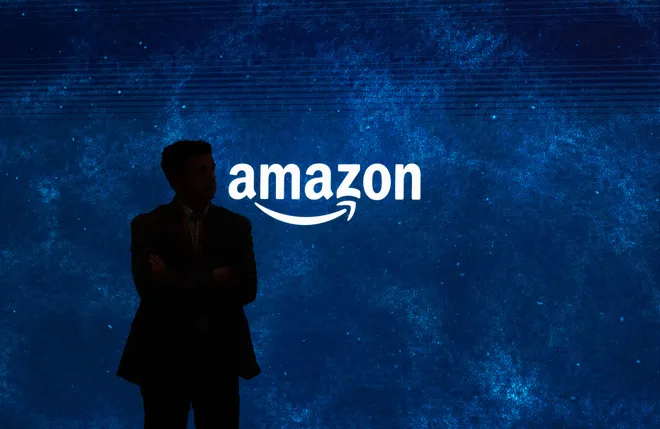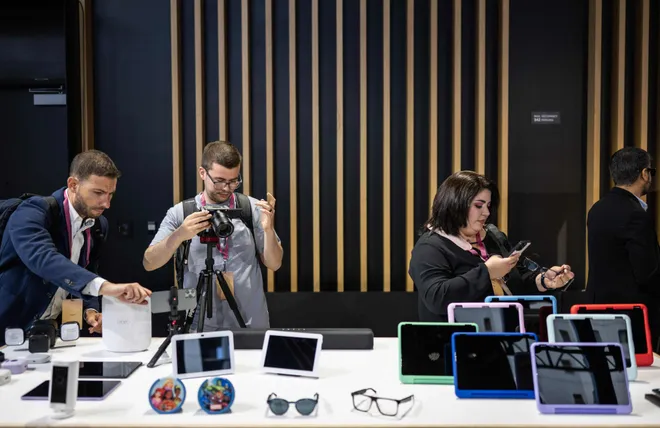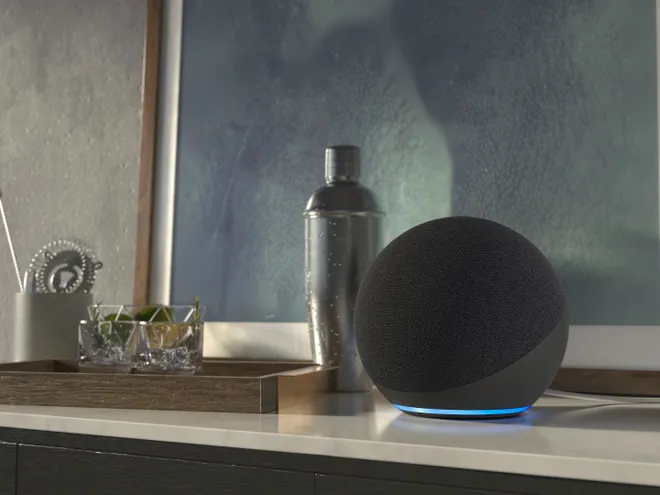Amazon product launch: From Echo to Alexa, the connected smart home may soon be a reality
Corrections & Clarifications: An earlier version of this column incorrectly attributed the source of the generative AI language in Alexa, which is based on a custom language model created by Amazon.
OK, let’s be honest. The concept of a truly “smart” home has always been a cool idea. After all, who wouldn’t want to have things like lights, appliances, and security cameras all automated in an intelligent, organized and futuristic way that also happens to save you hassle, time and money?
The problem is that the reality of smart homes has never been anywhere close to the vision. Instead, it’s a bunch of often difficult to set up individual products that are a nightmare to get working together as a system.
Thanks to some new products just unveiled by Amazon, however, the practical reality of a truly connected smart home is starting to look much more affordable and more mainstream.
At its annual fall product launch event, Amazon showed off several new hardware products, as well as an enhanced Alexa digital assistant and smart home control software updates that make the setup and control of multiple smart home devices significantly easier.
One of these updates is a new mapping feature that uses the lidar features found in the cameras of certain iPhones from the 12 Pro onward to automatically map out the layout of your home.
By opening the Alexa Mobile app and then simply pointing your iPhone’s camera at the various rooms in your home (either all of them or only the ones where you have or expect to have smart home devices) the lidar feature automatically scans and then builds out a map of all the objects in your room.

By opening the Alexa Mobile app and then simply pointing your iPhone’s camera at the various rooms in your home (either all of them or only the ones where you have or expect to have smart home devices) the lidar feature automatically scans and then builds out a map of all the objects in your room.
What you then do is associate your various smart home devices to their physical location in your home. The result is a map of your home — which, by the way, is never sent to the cloud — that makes it significantly easier and more intuitive to know what device or devices you are controlling and see the basic status for all the devices at once. Once the map is created, it can be used on Android phones and iPhones without lidar-enabled cameras.
Amazon also enhanced its Alexa digital assistant with some of the same kind of generative AI features that we’ve seen in tools like ChatGPT. The technology is based on a custom large language model (LLM) created by Amazon and, for now at least, runs on Amazon’s AWS Cloud service. What’s interesting about that arrangement is that it means Amazon can and will bring the new enhanced Alexa to every single Alexa-enabled product all the way back to the initial Amazon Echos.
The new Alexa is more intelligent, more responsive, more creative, and sounds much better, making the experience of using it — either to set up smart home devices or any of the other kinds of Alexa-based voice requests — much easier. You can, for example, simply say “Alexa, I’m cold” or “Alexa, there’s a mess in here” and it will automatically trigger turning up a connected thermostat or turning on a robotic vacuum (as long as you have one, of course!).

While there are always improvements to be made, these enhancements, including the ability to no longer constantly say the “Alexa” wake word when engaging with Alexa, makes the experience of using this new version of Alexa much closer to a natural conversation.
On the hardware side, Amazon also unveiled a new device called the Echo Hub that’s meant to serve as a master control hub for all your smart devices. It will also get access to the new Map View via a software upgrade early next year. The Echo Hub offers many of the features of other Echo Show devices, including the upgraded Echo Show 8 version introduced at this event, but also includes new software capabilities specifically designed for smart home device operation.

In essence, it gives you a single point of easy visual access and control in a way that very expensive smart home controllers have in the past for the most sophisticated smart home systems. Importantly, though, it does that for a very modest $179.
At the moment, you still have to set up all your individual smart devices on your smart phone first. This is unfortunate, as I believe many people would find the process of setting up on a main controller hub more intuitive. Amazon spokespeople suggested this might be possible in the future but isn’t available yet.
In the meantime, when you set up your smart devices through phone apps, the settings and capabilities for those devices are essentially transferred over to the Echo Hub, allowing you to see, control, and automate them from there. The Echo Hub includes support for all the critical wireless smart home standards, including Wi-Fi, Bluetooth, Zigbee, the new Matter industry standard, and Amazon’s own Sidewalk technology, making it possible to connect to virtually any smart home device you already own or end up purchasing in the future.
The end result of all these advancements is that it’s getting much easier, and more realistic, for the average person to put together and run a powerful smart home system. At last, Jetsons, here we come!
USA TODAY columnist Bob O'Donnell is the president and chief analyst of TECHnalysis Research, a market research and consulting firm. You can follow him on Twitter @bobodtech.
Disclaimer: The copyright of this article belongs to the original author. Reposting this article is solely for the purpose of information dissemination and does not constitute any investment advice. If there is any infringement, please contact us immediately. We will make corrections or deletions as necessary. Thank you.







